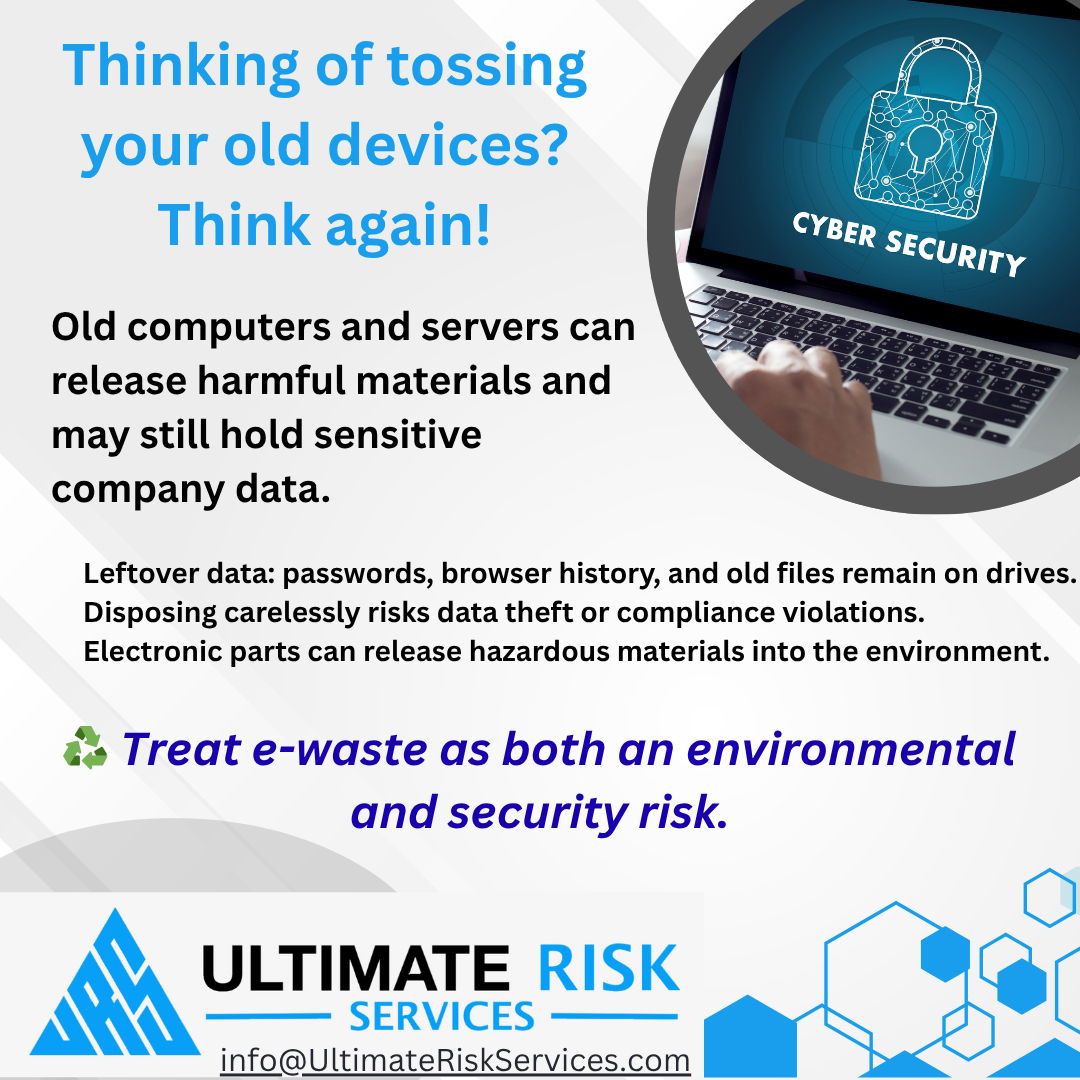Every year, as organizations prepare for the busiest sales season, cybercriminals prepare as well—leveraging employee overwhelm, increased financial activity, and reduced oversight to launch some of their most profitable attacks. The result: companies of all sizes facing losses that can escalate from thousands of dollars to tens of millions.
In late December 2024, one European chemical manufacturer, Orion S.A., learned that lesson the hard way. A single employee, responding to what appeared to be routine internal e-mails, processed several urgent wire transfers. The messages mimicked familiar communication patterns, referenced legitimate business partners, and were timed to coincide with year-end financial pressure.


























